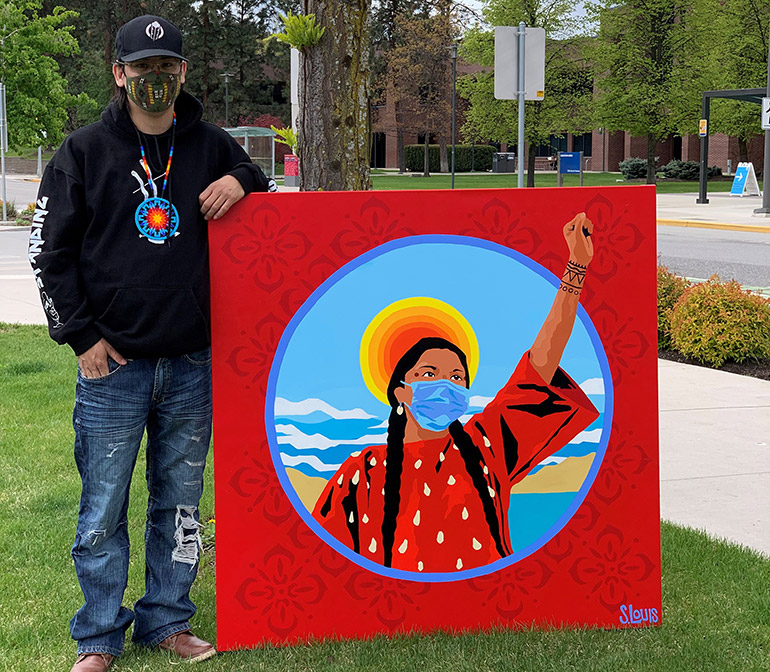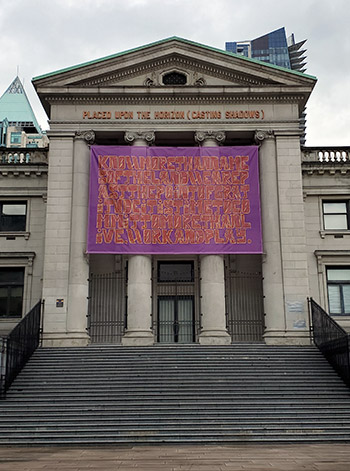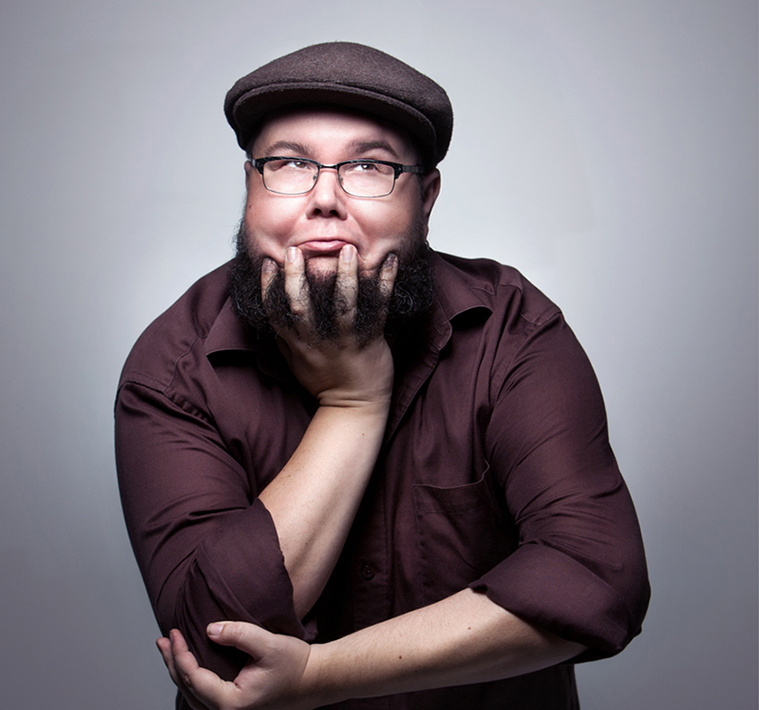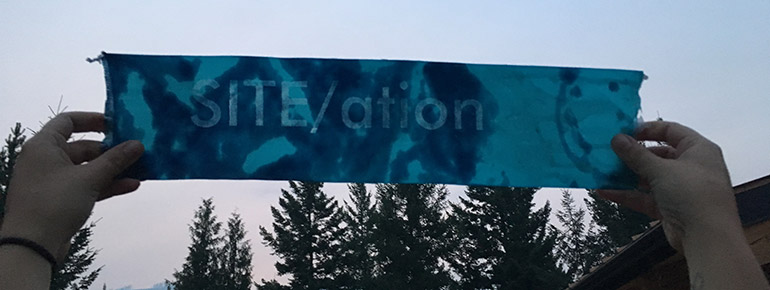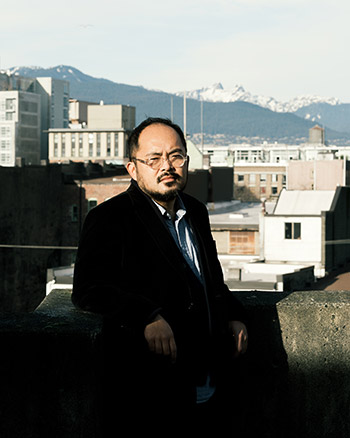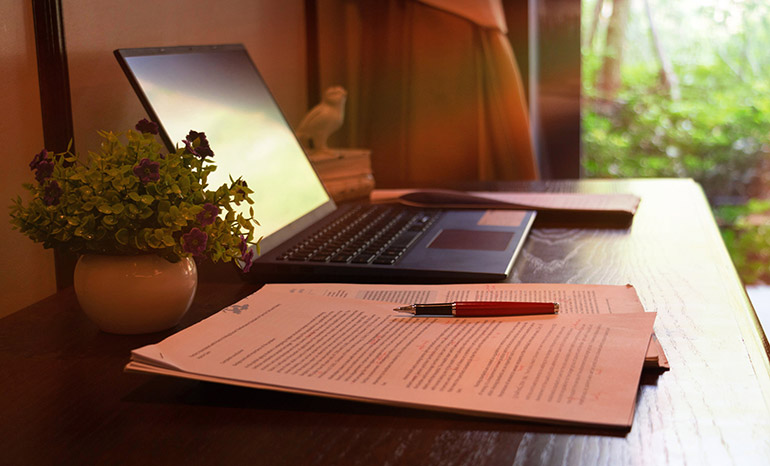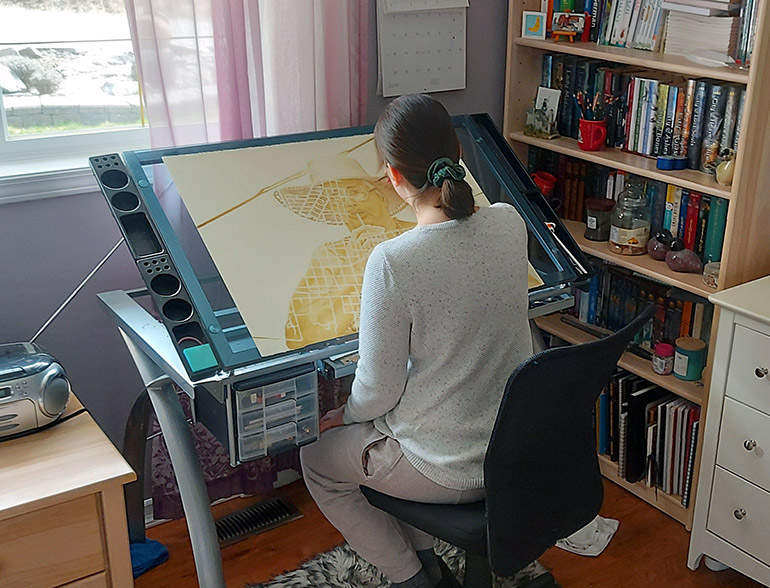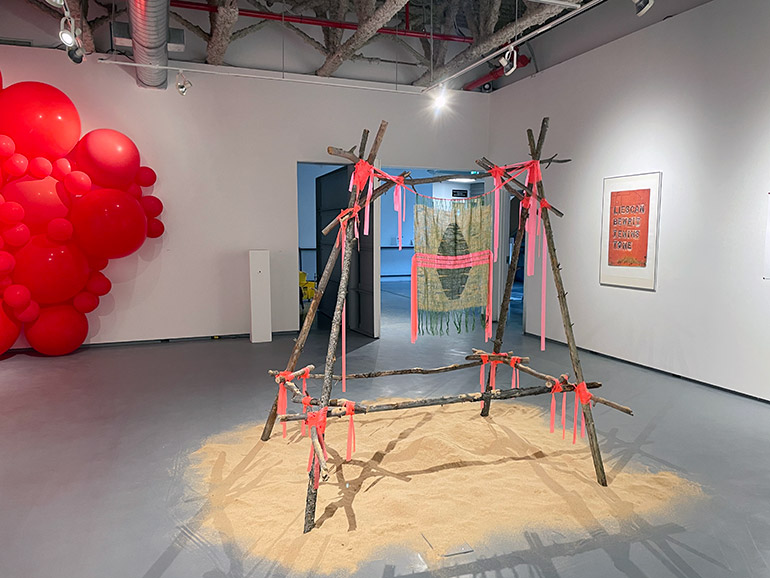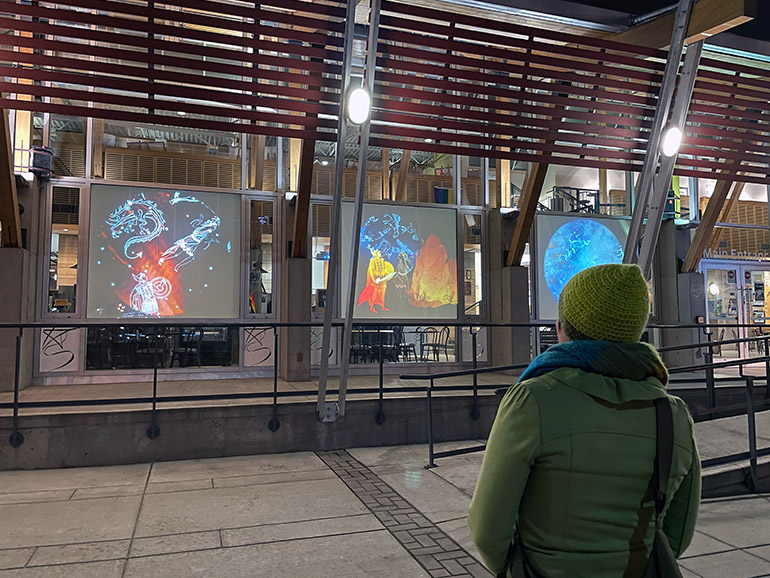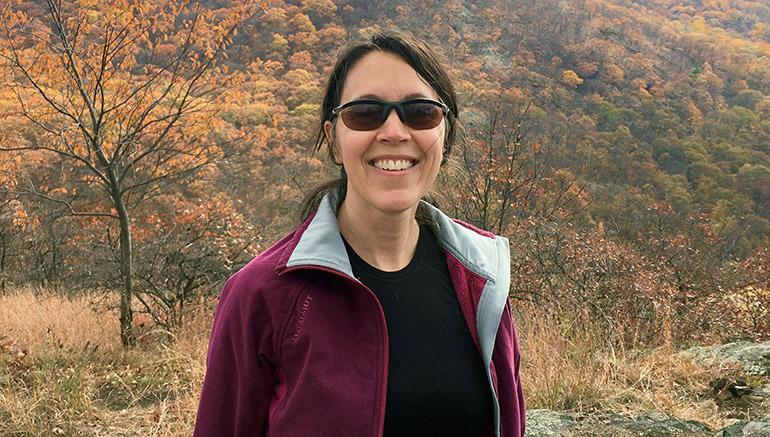
As UBCO’s first Woodhaven Artist in Residence for the season, Chantal Bilodeau will host a free community workshop on July 10.
Writer in Residence to spend six weeks at the Woodhaven Eco Culture Centre
What: Workshop: “Envisioning a Better World Together”
Who: Chantal Bilodeau
When: Saturday, July 10, 9 a.m to 1 p.m.
Where: Woodhaven Eco Culture Centre, 939 Raymer Ave., Kelowna
UBC Okanagan’s Woodhaven Eco Culture Centre is opening its doors for its first Woodhaven Artist in Residence of the season.
Chantal Bilodeau will spend six weeks at the centre, where she will work on her art practice, engage with the community and offer an in-person workshop.
The Woodhaven Artist in Residence Program is run by UBCO’s Faculty of Creative and Critical Studies. Woodhaven provides a paid residency opportunity for a diverse variety of visiting artists each year, including writers, visual artists, digital media artists and performance artists. For the 2021 season, applications were sought from writers of all genres.
Bilodeau is a Montreal-born, New York-based playwright and translator whose work focuses on the intersection of science, policy, art and climate change. In her capacity as artistic director of The Arctic Cycle, she has been instrumental in getting the theatre and academic communities — as well as audiences in the US and abroad — to engage in climate action through programming that includes live events, talks, publications, workshops, national and international convenings, and a worldwide distributed theatre festival.
“I love that the Woodhaven Eco Culture Centre specifically supports writers who engage with climate change. I can’t think of a better environment to work on a play that is about this very issue, and many of its complex ramifications,” says Bilodeau. “I will certainly benefit from some time away from home, which is a little too full of distractions, making the kind of concentration needed for writing more elusive.”
Bilodeau’s residency will include a free community workshop, “Envisioning a Better World Together,” on Saturday, July 10, from 1 to 4 p.m. at the Woodhaven Eco Culture Centre.
“These days, it feels like we are going from crisis to crisis and it can be difficult to think past a sense of constant urgency. This workshop will take advantage of the beautiful Woodhaven setting to take a step back, go beyond our frustrations with the world as it is, and start to formulate visions of the world we want,” explains Bilodeau.
For the workshop, participants will use their imagination to articulate, in as specific terms as possible, what they hope to bring into existence for themselves and others. As a culmination of this envisioning exercise, the group will create a land art mandala.
During the residency, Bilodeau will work with Denise Kenney, Creative Studies department head and associate professor of performance. Kenney and Bilodeau have interacted in the past during the Artists and Climate Change Incubator in Alaska in 2019.
“I am thrilled that we have Chantal coming to visit our community,” says Kenney. “Giving artists the time, space and support to create new work in an artist residency is essential. We are fortunate to have her here with a chance for local artists, performers and writers to benefit from her knowledge in the field.”
This residency will also allow her to explore the possibility of bringing the Artists and Climate Change Incubator to UBC Okanagan in the future.
Space in the workshop is limited to 25. For more information about the residency or to register for the workshop, visit: fccs.ok.ubc.ca/artist-in-residence
About UBC’s Okanagan campus
UBC’s Okanagan campus is an innovative hub for research and learning founded in 2005 in partnership with local Indigenous peoples, the Syilx Okanagan Nation, in whose territory the campus resides. As part of UBC—ranked among the world’s top 20 public universities—the Okanagan campus combines a globally recognized UBC education with a tight-knit and entrepreneurial community that welcomes students and faculty from around the world in British Columbia’s stunning Okanagan Valley.
To find out more, visit: ok.ubc.ca

